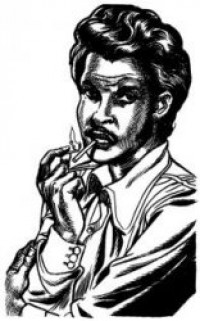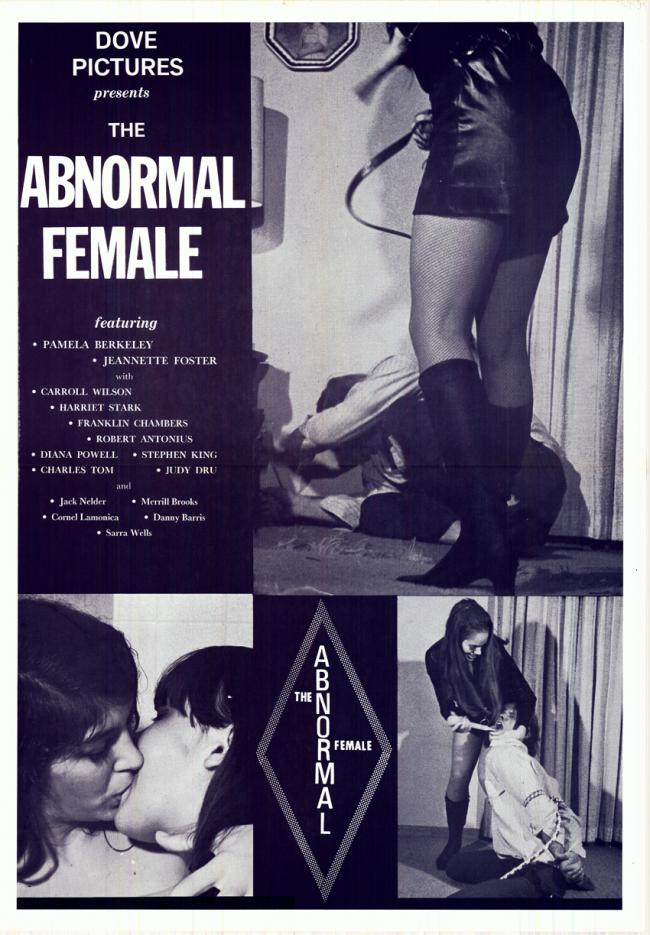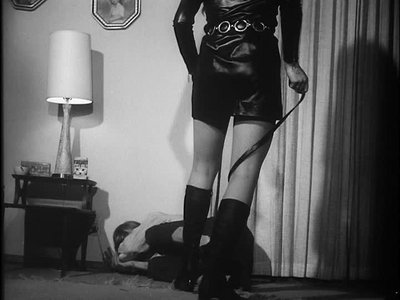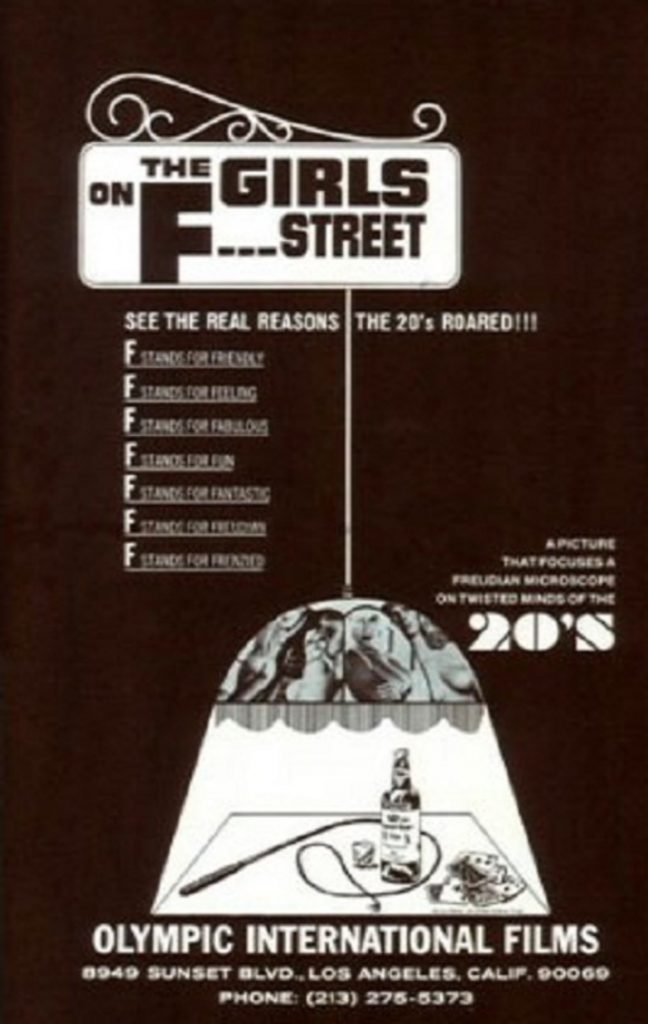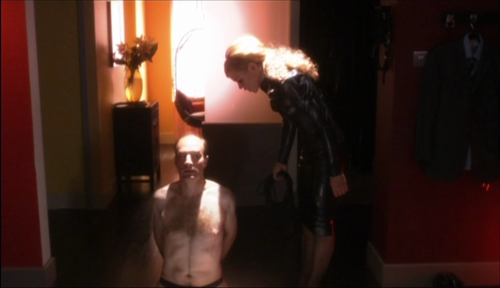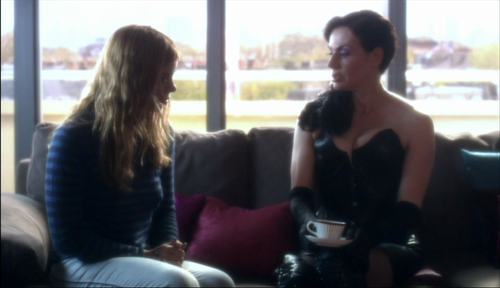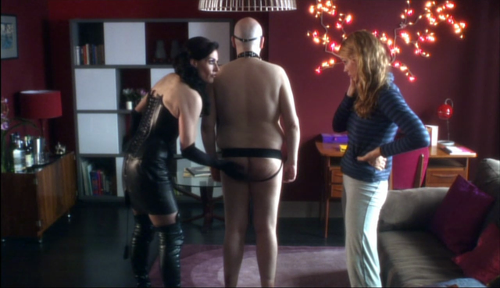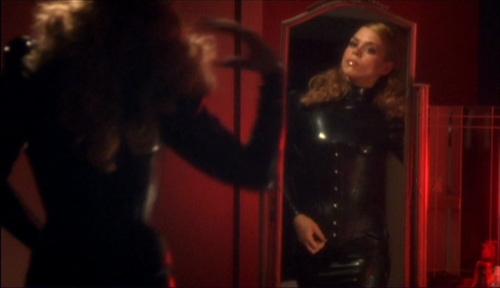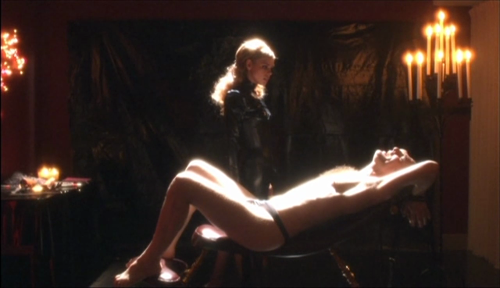Payback (IMDB) is a 1999 neo-noir crime thriller, starring Mel Gibson.
In The Celluloid Closet, Vito Russo talked about the phase of American movies in which queer film characters existed mainly as dramatic or comedic foils to the straight characters. Whether they were swishy nellies or twisted sadists, they were a simple object lesson in proper and improper gender roles. That extends to the present day, though perhaps a little less overt: heroes are associated with heterosexuality, monogamy, vanilla sex, and other normative sexualities, while villains tend towards bisexuality, non-monogamy, and fetishes and kinks.
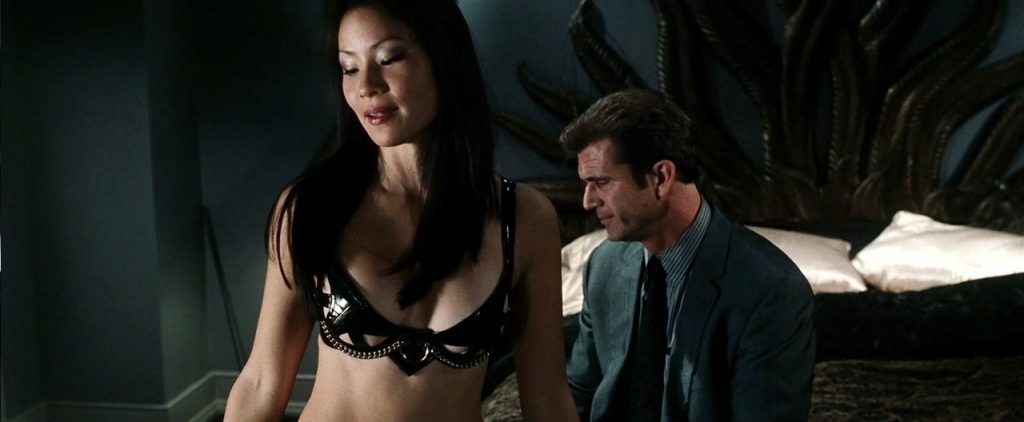
Mel Gibson’s filmography is full of scenes of his characters being physically tortured, and films he has directed also include scenes of torture, such as The Passion of the Christ (2004) and Apocalypto (2006). Payback, no exception, opens with Gibson barely alive on a backroom operating table. Porter, a professional thief, was involved in a robbery, then betrayed and left for dead by his wife and his criminal associate, Val Resnick. Val used the stolen money to buy his way back into the criminal syndicate known as “the Outfit”. Porter comes back to town, determined to get what he believes is his share of the money, $70,000. Some of this is done through trickery, but most of the time Porter navigates the criminal underworld through straightforward violence or the threat of it. Porter threatens or beats up nearly every man he encounters. (I wish I could say he’s never violent with women, but that would be a lie.)
In another generation of Hollywood film, Porter would have been played by Humphery Bogart as an icon of proper masculinity, and Val would be played by Peter Lorre or another character actor, representing improper masculinity, implicitly queer.
Val is twice described as a “sadist”, and he does go out of his way to physically hurt people. His superior in the Outfit says “That comes in handy.” This is only a relative contrast with Porter, who is also sadistic but with a kind of detached efficiency. Porter is definitely a heel, but the audience is supposed to enjoy his mastery of his environment vicariously, and his sadism is part of that. That he doesn’t take pleasure in it is supposed to redeem him, and assert his normative masculinity.
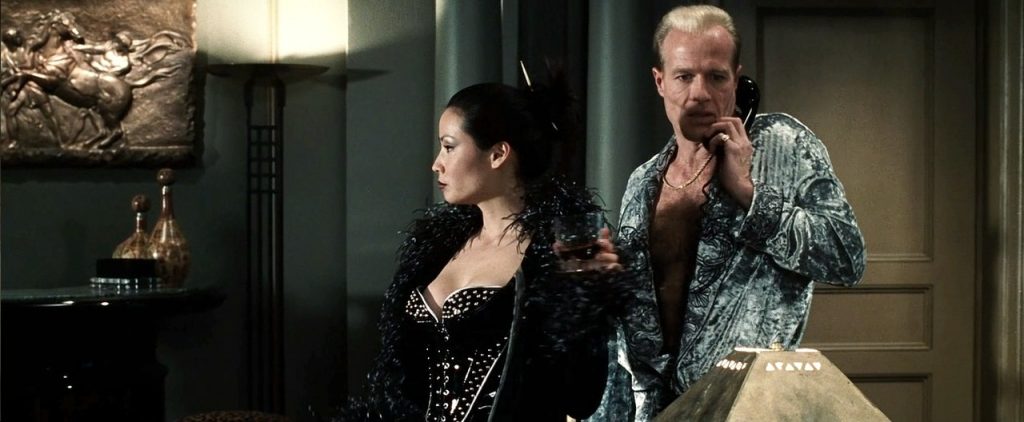
However, in the scene that introduces Chinese dominatrix Pearl (Lucy Liu), Val is just as much a masochist, as he and Pearl punch and kick each other.
When Porter invades Val’s hotel suite (where Pearl is also sleeping) and threatens him for the money, Pearl intercedes and beats up Val on Porter’s behalf.
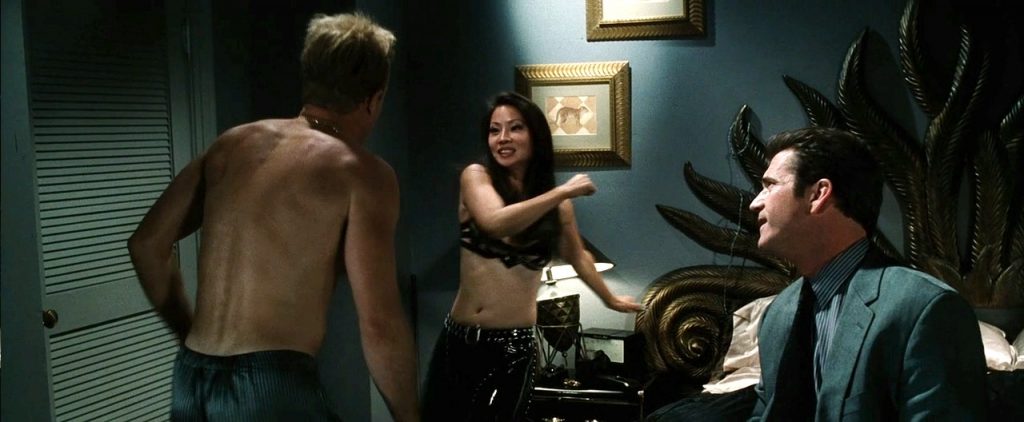
This is a peculiar scene, as if Pearl is there as a beard to keep the violent encounter between Porter and Val from being too homoerotic. Porter just watches, occasionally wincing, as Pearl punches, kicks and stomps on Val. The movie doesn’t seem to understand that there’s a difference between the presumably negotiated beatings Pearl inflicts on Val as his domme and the violence she inflicts on him on Porter’s behalf. The implication seems to be that even though Pearl sleeps in the same bed as Val, she doesn’t care about him in the slightest. Even after Pearl beats up Val under Porter’s authority, he doesn’t throw her out.
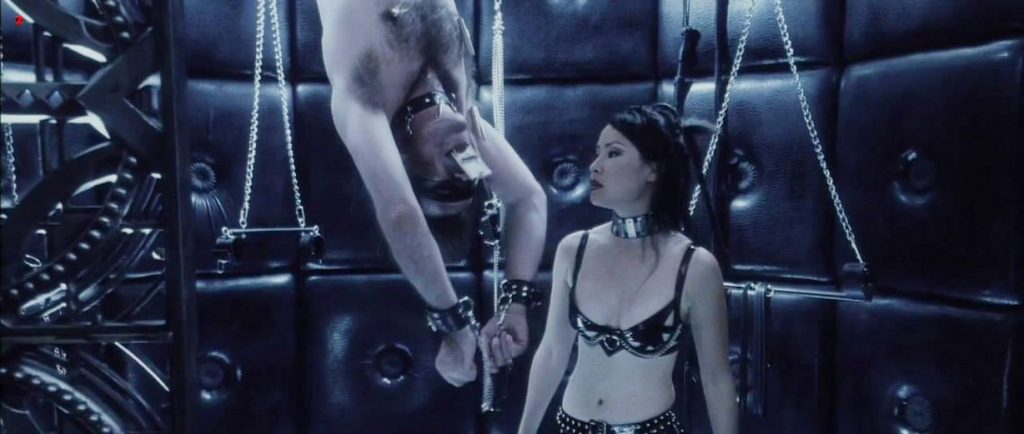
Pearl has a few more scenes, being part of the team of Chinese gangsters sent to kill Porter. While she survives Porter’s retaliation, she and Porter have a moment when they fail to shoot each other. This emphasizes Porter’s masculinity again, with Pearl preferring him over Val.
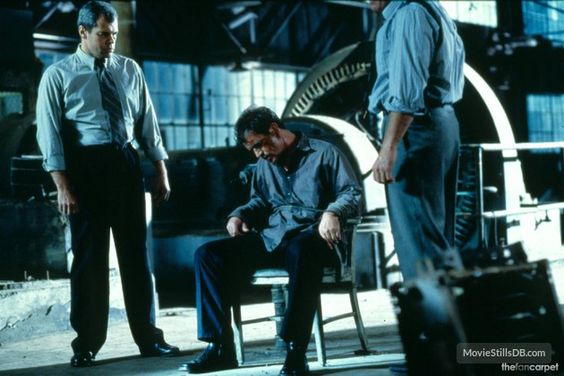
It wouldn’t be a Mel Gibson film without his character being tortured, and this is no exception. After various incidental beatings, Porter finally gets the attention of the leadership of the Outfit and they come to watch him being tortured, with his toes being smashed flat by a sledgehammer one by one.
There’s actually no need for this scene, as Porter’s goal is to get the remaining leaders of the Outfit present so he can manipulate them into going to the building that previously had a bomb planted.
Many of the characters comment on the relatively trivial amount of money Porter demands. It does raise the question: is the amount of violence Porter inflicts and suffers justified by such a sum? Porter claims he just wants what he is owed, his only statement of principle, as he is pretty amoral in every other respect.
Once he had healed, Porter could have just considered the $70,000 a loss and started over. Instead, he undertakes a perverse quest in which the money he claims justifies his sadism and his masochism, a post hoc rationalization.
As Fairfax, one of the Outfit’s leaders, says of Porter: “He doesn’t want to say anything. He just wants to get beat up, that’s all.”

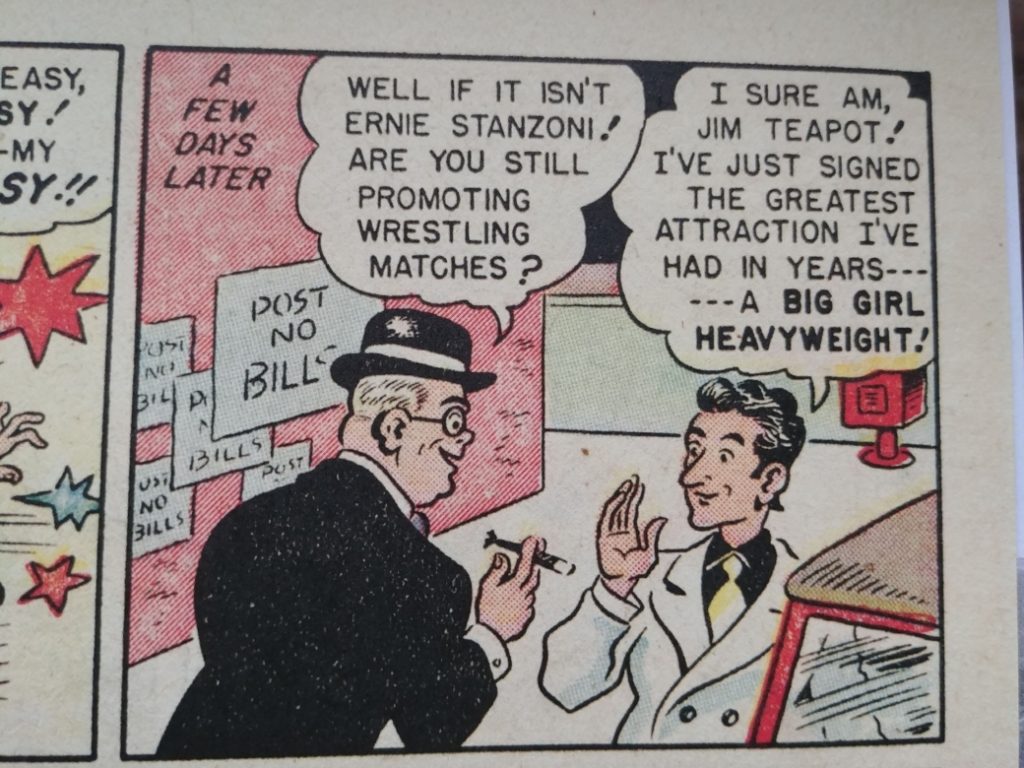

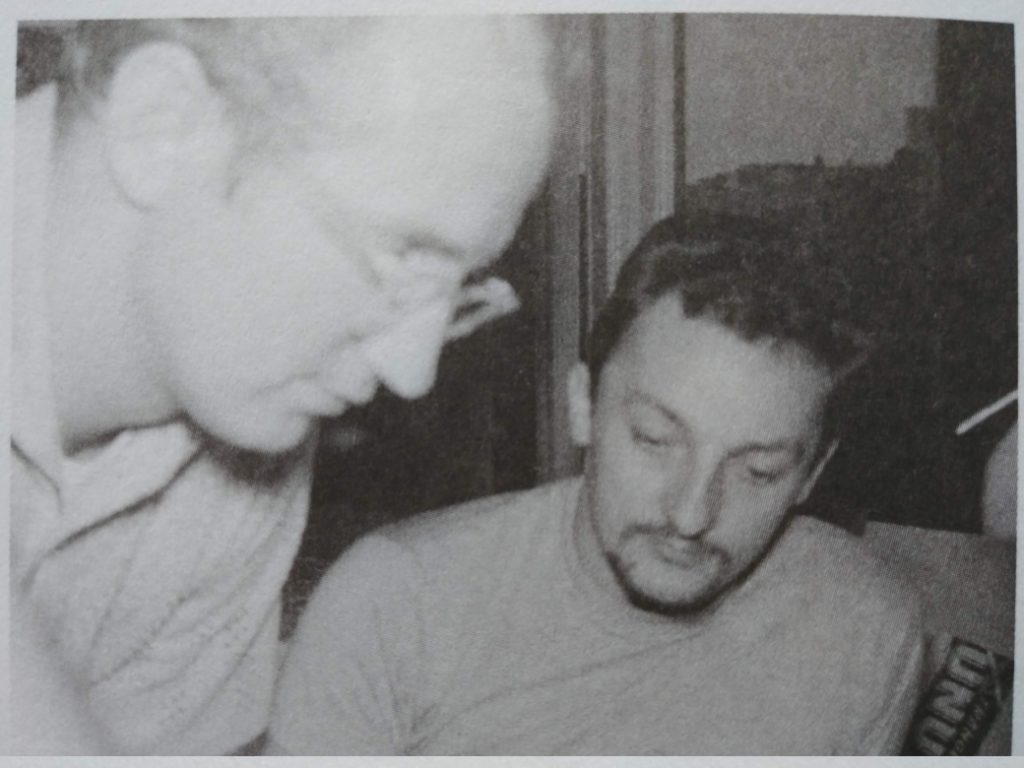
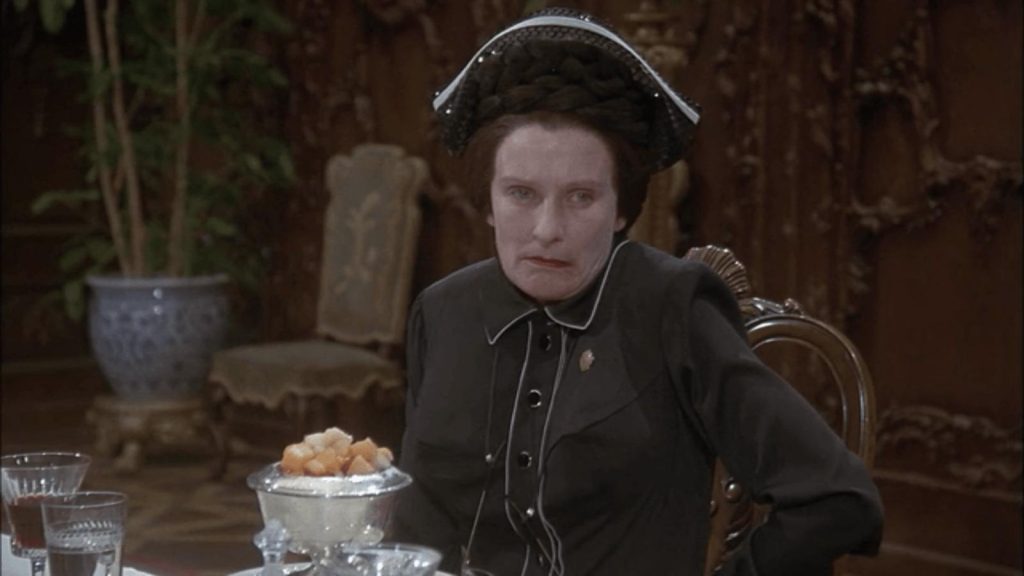


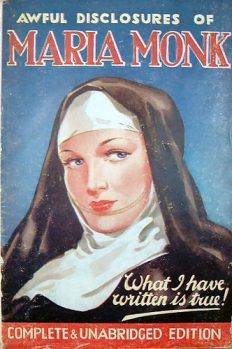







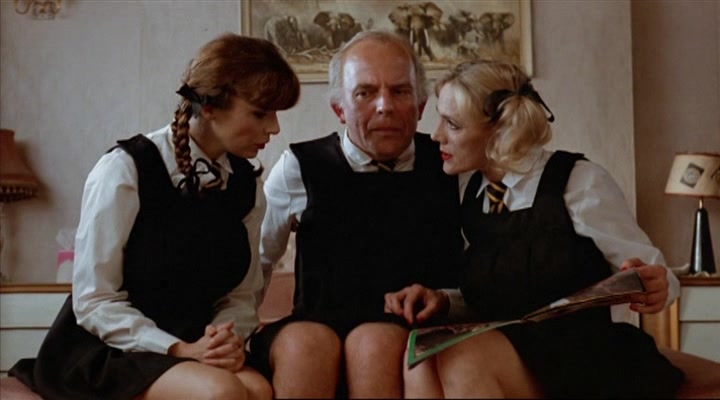





 is the latest in Richard Pérez Seves’ series of biographies of fetish artists and publishers.
is the latest in Richard Pérez Seves’ series of biographies of fetish artists and publishers.